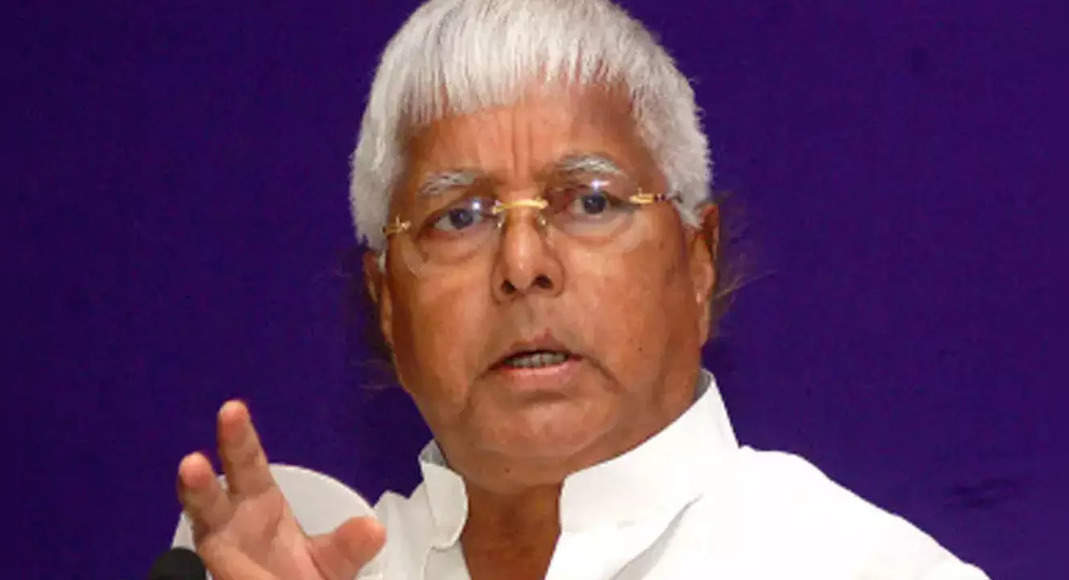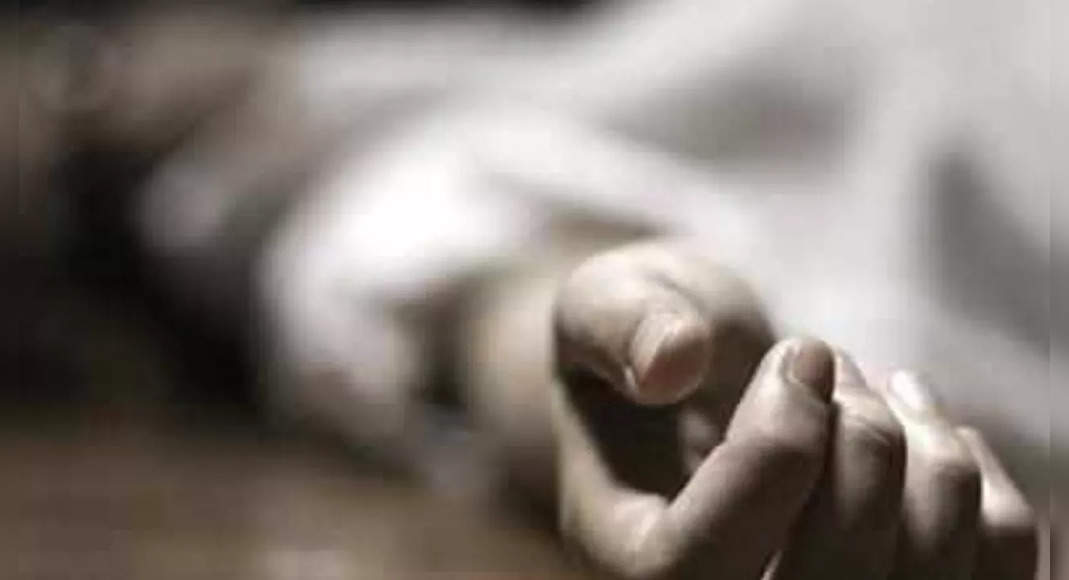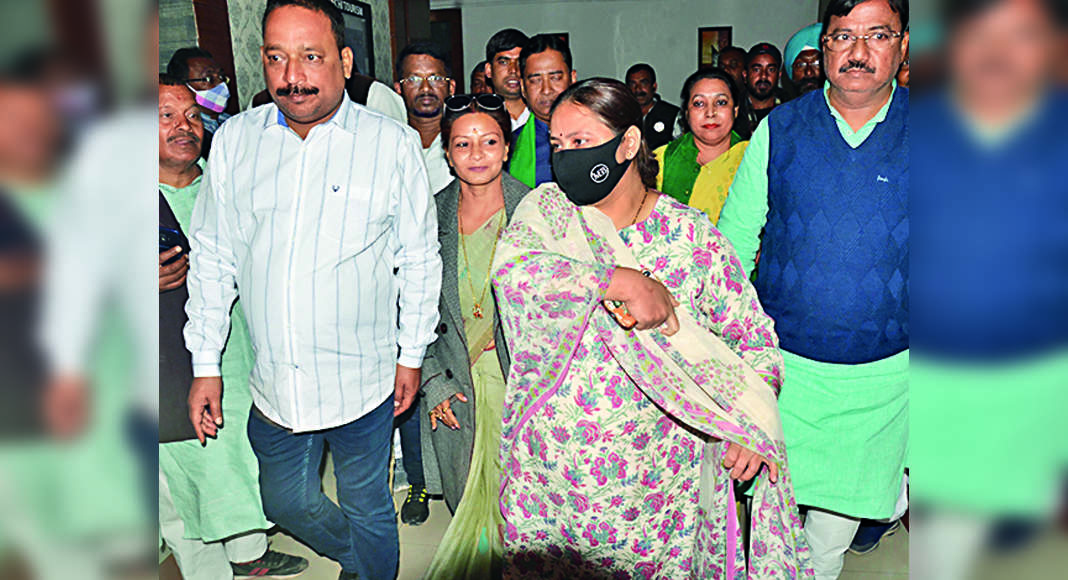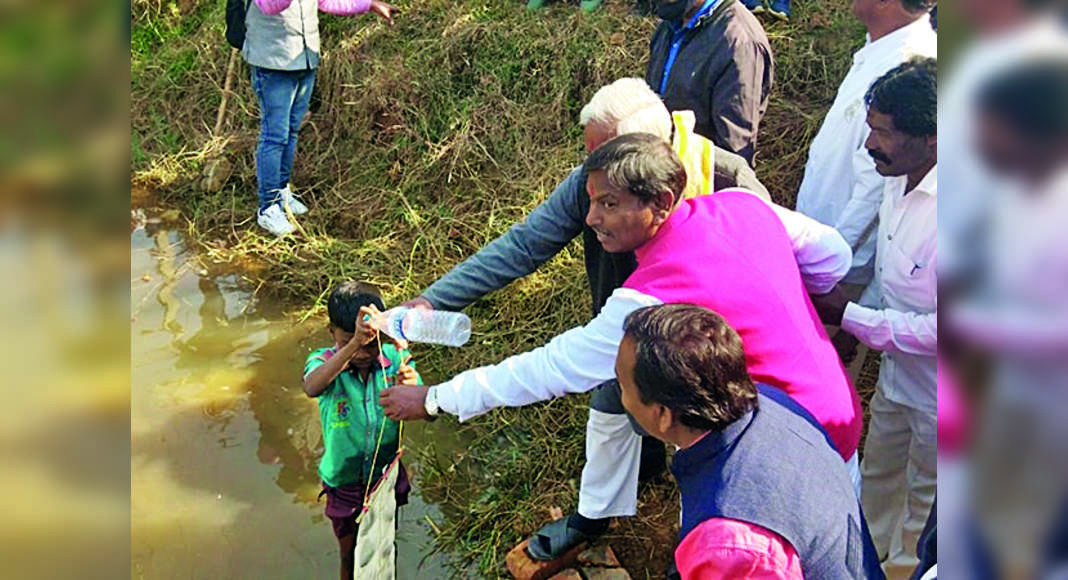Ranchi: The spread of Covid-19 in Jharkhand’s rural areas has been negligible during the ongoing second wave contrary to the fears that the virus has made inroads into the remote places infecting scores of villagers, a state government survey has found.
The Intensive Public Health Survey (IPHS) of the health department ended on Saturday and was carried out from May 25 using Rapid Antigen Test kits.
The virus had wreaked havoc in the state throughout April with the daily average cases being reported in four-digit figures (new cases) and triple-digit figures (deaths).
The majority of the hospitals in the state’s urban centres virtually ran out of beds, triggering fears of a rapid spread of the virus in the rural areas.
Concerned over the situation, the government rolled out a mega door-to-door health survey in the rural areas coupled with rapid antigen testing for early detection and treatment.
However, the figures available from the IPHS has revealed that out of 1,86,509 people identified as suspects, only 920 have turned positive till June 4.
Of the total positive cases, about 35 are kids under the age of 18.
In terms of positivity rate, it is only about 0.5%.
According to the 2011 socio-economic survey, Jharkhand has about 52 lakh families in villages and the IPHS data suggest that till June 4, the field teams scanned 49,12,479 families of which 2,44,10,412 people were tested.
Of these, 15,692 people were found with TB, 1.11 lakh with sugar levels on the higher side and 1.13 lakh people with high or low blood pressure.
The Covid-19 infection remained negligible.
“The IPHS has certainly come as a great relief for the state government as the positive rate has been very low contrary to our earlier fears,” the nodal officer of health departments IEC wing, Siddhart Tripathi, told TOI.
He added that during the initial days of the outbreak of the second wave, the health department and the state government were very concerned about the rural areas as the majority of the population lives there.
The state government was hard-pressed to provide sufficient medical facilities in these areas.
“But on directions of chief minister Hemant Soren, the state went ahead to scan every person in the rural areas and to our disbelief but for the greater good now, we can conclusively say that the virus hasn’t hit the hinterlands, at least in our state,” Tripathi said.
He added that before the launch of the door-to-door survey, the department had set up 464 Covid care centres to serve as the first point of medical response, anticipating a surge in the number of patients.
“But only nine persons were required to be referred to the Covid care centres.
The rest of the confirmed cases were with mild infection or remained asymptomatic and are managed with home isolation,” he said.
Even though the Union government has prescribed RAT for mass testing, its results are always questionable compared to RT-PCR or NAT testing.
Tripathi, however, maintained that many of those who tested negative in RAT were also scanned with other modes of testing but remained negative.
“Even if we were to consider the positive rate by all three modes of testing methods, we don’t find the situation alarming or concerning in rural areas now,” he said, adding that as part of preparations, the health department is now working on setting up additional NAT testing machines in 16 high prevalent districts soon.
“In addition to government and private RT-PCR labs, we have 222 TruNat testing machines in all districts.
The health department is now in the process of installing more machines in 16 select districts on a priority basis as part of advance planning to prevent any surge in future by better testing and tracking,” he said.
Jogesh Gambhir, owner of a city-based private healthcare centre —Raj Hospital — and president of the Association of Healthcare Providers in India (APHI), agreed that the virus has perhaps been contained well in rural areas given the dip in daily cases.
He, however, added that the real impact will be known in another fortnight after the recent relaxations.
“If the hospitals aren’t flooded with cases from rural areas, this means the virus may have lost its intensity.
Going by this yardstick, the findings of IPHS survey looks appropriate.
But we will have to wait for a few weeks to actually know the situation as the unlocking has begun,” he said.





